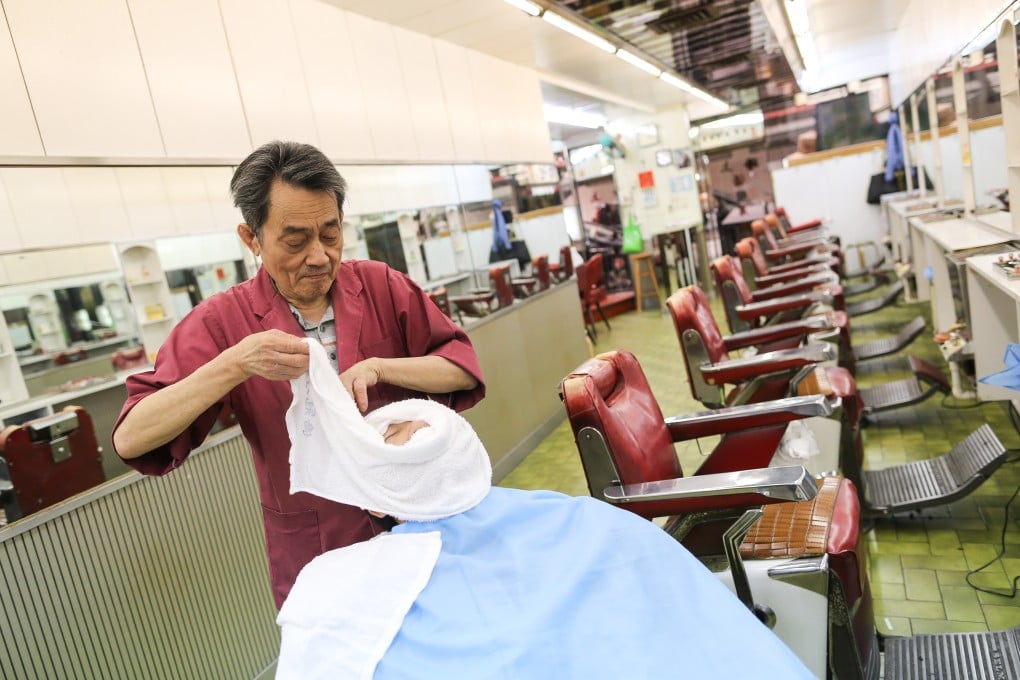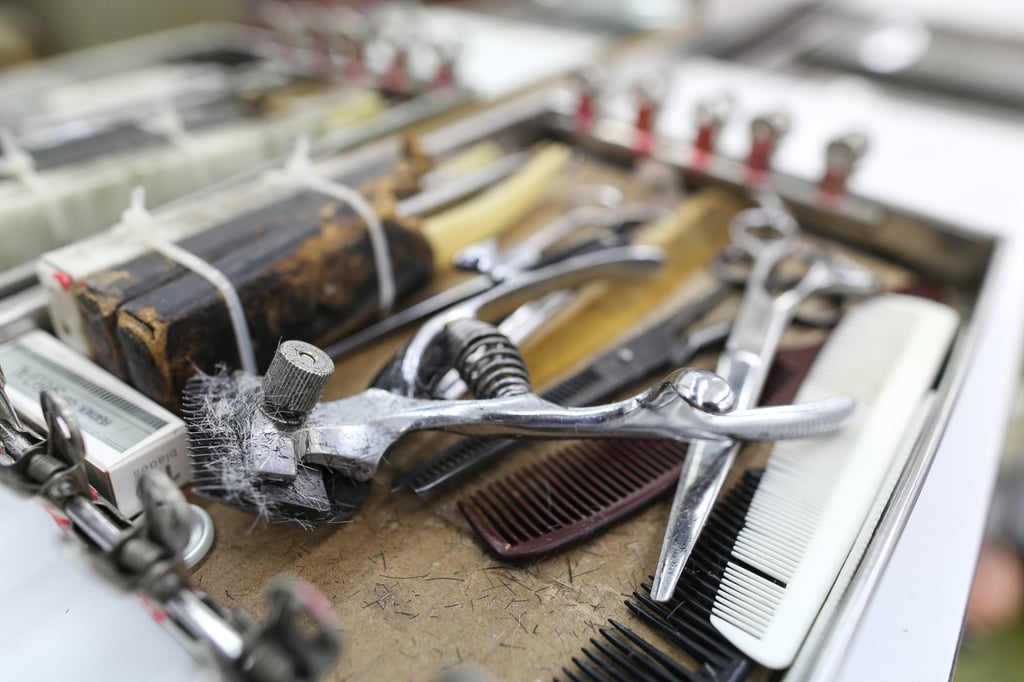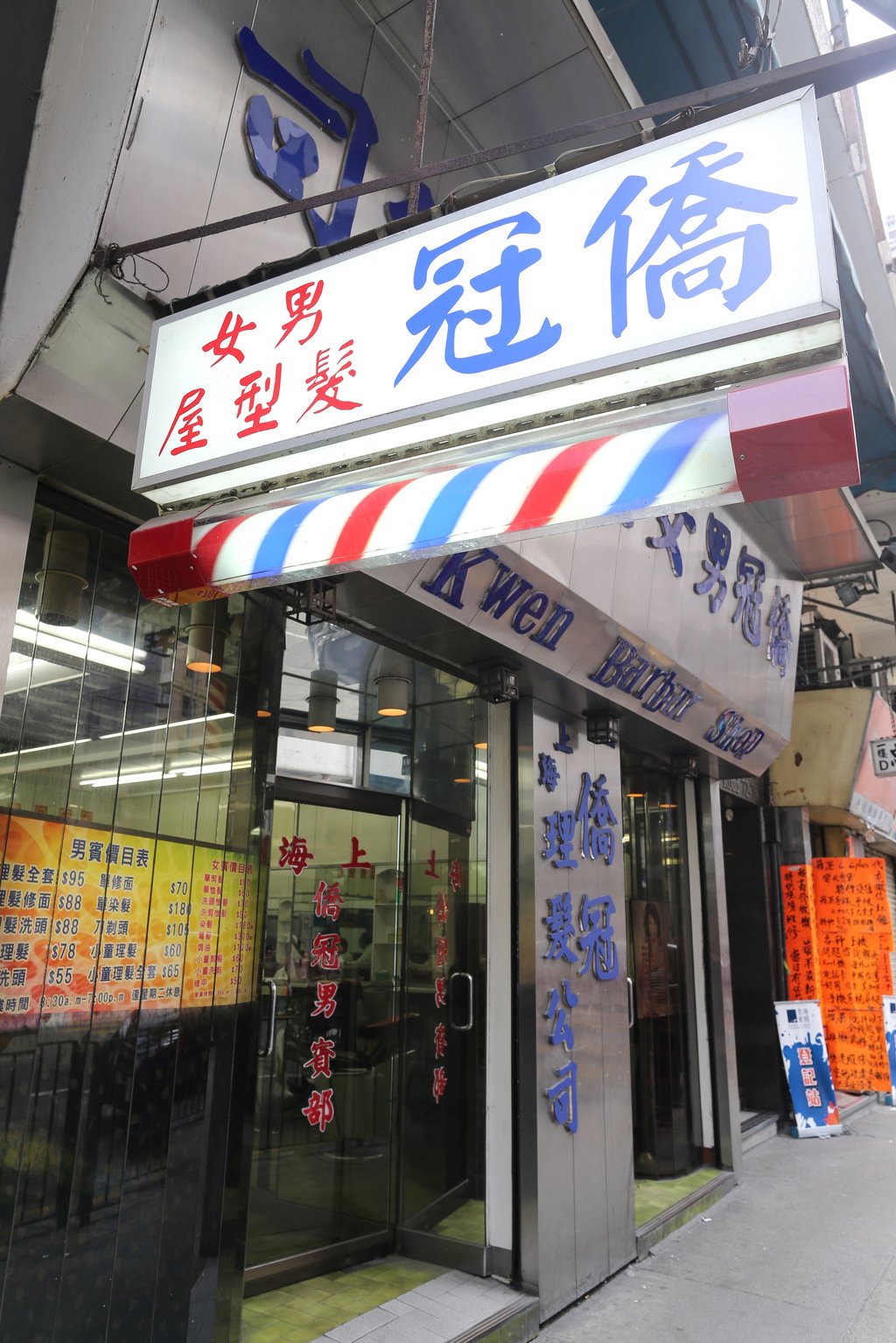Then & Now | When ‘Shanghai’ used to signify quality, full-service bathhouses and first-rate pedicures
Shanghai-style bathhouses and the personal grooming services available therein arrived with the influx of post-1949 mainlanders, and the name all but guaranteed sterling quality

By this particular logic, a Shanghai tailor or dressmaker guaranteed impeccable style and cut; a Shanghai barber or hairdresser could be relied upon to give high-quality, long-lasting permanent waves and colour tints to Chinese hair.
Another lifestyle element were bathhouses and personal maintenance services found within, such as manicures, pedicures, massages and body scrubs.

This cachet persisted elsewhere in the overseas Chinese world for at least a couple of decades after the Communist assumption of power in Shanghai in May 1949 saw the lights dim dramatically there in the years that followed. By the mid-1950s, émigré Shanghainese communities were well-established across the overseas Chinese world.
In Hong Kong, partly due to the large numbers who decamped here, these people and their way of life stood out more than may have been the case in more geographically dispersed cities.
In certain areas – North Point, in particular – these unwilling expatriates maintained, as far as possible, favourite tastes, consumer preferences and lifestyle habits from their vanished northern metropolis. Of these long-ago lifestyle labels, few remain as signifiers of quality. Shanghai barbers and hairdressers tended to age in tandem with their clientele; few long-established establishments still exist.

Skill sets introduced from the north gradually became part of the Hong Kong mainstream experience, with little to distinguish one from another.

